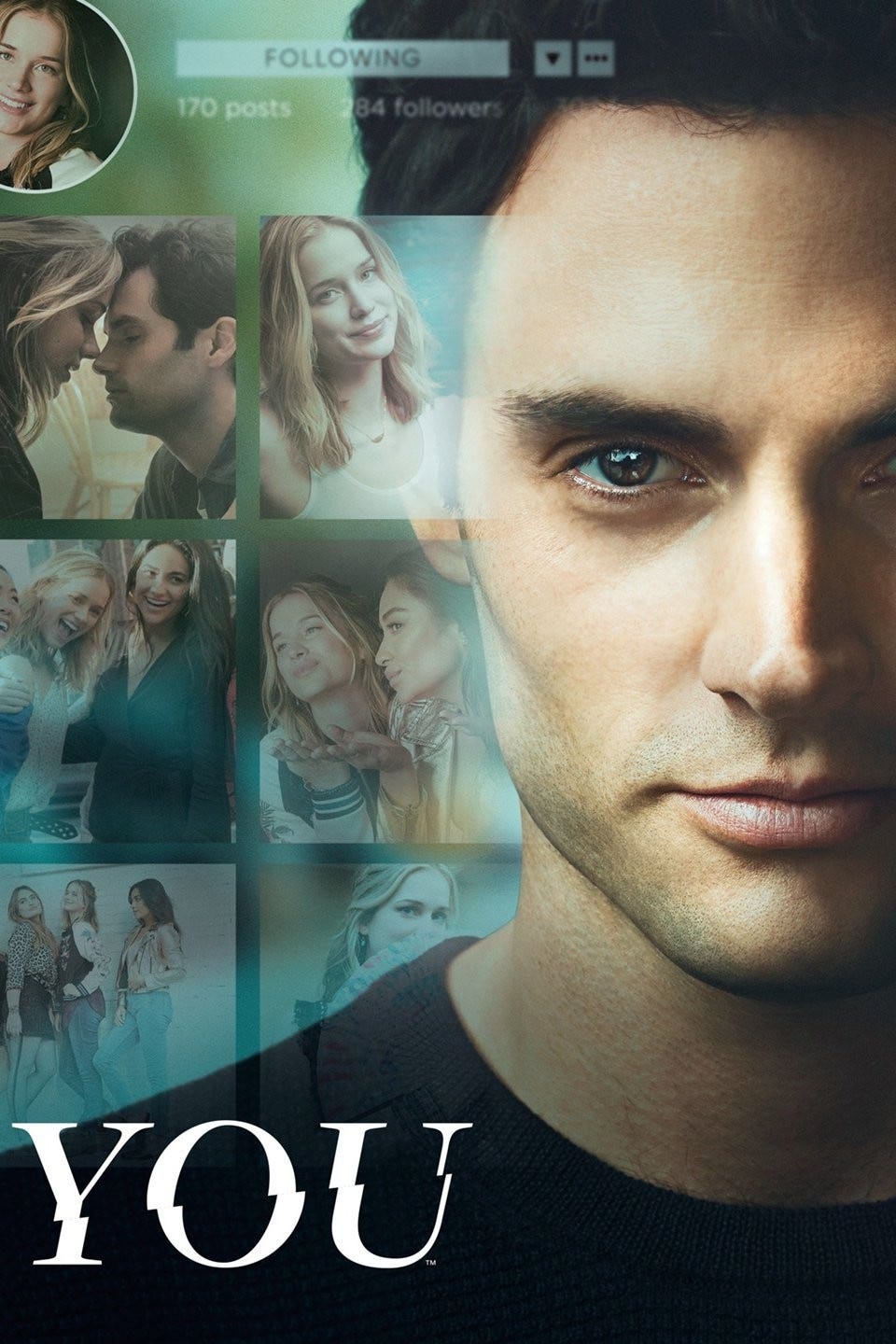As a wrap up to 2024, here’s one for my fellow narrative-stance nerds. The always-controversial, maddeningly confusing, occasionally successful, second-person point of view.
Unlike other POV choices, second-person isn’t just one thing. To reach for an awkward metaphor, think of it as a conception that cleaves into multiple zygotes. There’s second-person as a stand-in for first; there’s the hybrid version, which acts as a first-person that incorporates a lamentation to another character in the narrative, and then there’s ye olde breaking of the fourth wall, enrolling the reader as the “you.”
Let’s take an up-close-and-personal view of these puppies:
The most historically common version was made popular by Jay McInerney in his breakout novel, Bright Lights, Big City,1 which begins thus:
You are not the kind of guy who would be at a place like this at this time of the morning. But here you are, and you cannot say that the terrain is entirely unfamiliar, although the details are fuzzy.
Likewise, in that literary Brat Pack era, we have Lorrie Moore and Junot Diaz with their own indelible stories written in second POV.
I’ve dabbled in the form as well, and I’ve found it to be an interesting way to investigate auto-fiction (or, as this one was sold, straight-up memoir). For me, the attraction to this type of stand-in for first-person is the psychological stealthiness of it. The way it beckons emotion through a side door. The narrator is able to objectify a difficult experience just enough to tiptoe into the maw of vulnerability, and therefore, universality. The reader is then invited in through that same side door, and a triad is formed: author, character, reader.
Hybrid second-person is having a moment. This of Ashley Audrain’s The Push, and most recently, Chelsea Bieker’s Madwoman. In the former, Audrain’s first-person character, Blythe, addresses her ex-husband, Fox, as the “you.” Likewise, in the latter, Beaker’s character, Clove, indicts her incarcerated mother as the you.
The you-as-character lends itself to thrilleresque vibes, as there is a built-in tension with the stance. The Indictment-laden imperatives of this form bump up a notch in Caroline Kepnes’s You series. Here’s an example of Joe, the insane narrator, addressing the object of his obsession:
YOU walk into the bookstore and you keep your hand on the door to make sure it doesn’t slam. You smile, embarrassed to be a nice girl, and your nails are bare and your V-neck sweater is beige and it’s impossible to know if you’re wearing a bra but I don’t think that you are. You’re so clean that you’re dirty and you murmur your first word to me—hello—when most people would just pass by, but not you, in your loose pink jeans, a pink spun from Charlotte’s Web and where did you come from?2
Lastly, let’s look at the “you” that addresses the reader directly, thereby breaking that wall between narrative and audience. It’s a trick as old as Charlotte Brontë.3
I think this type of second-person works best when paced frugally in a novel. First employed early on, perhaps, and then sprinkled in with effective recall timing, after the reader has stepped away from the enrollment.
I have a bit more to say on this, so I’ve posted a PDF from a workshop on POV that I teach from time to time. For my paid subscribers, find it below.
In comments, let me know if you’ve dabbled in this form, and what your experience has been.
Happy 2025?



